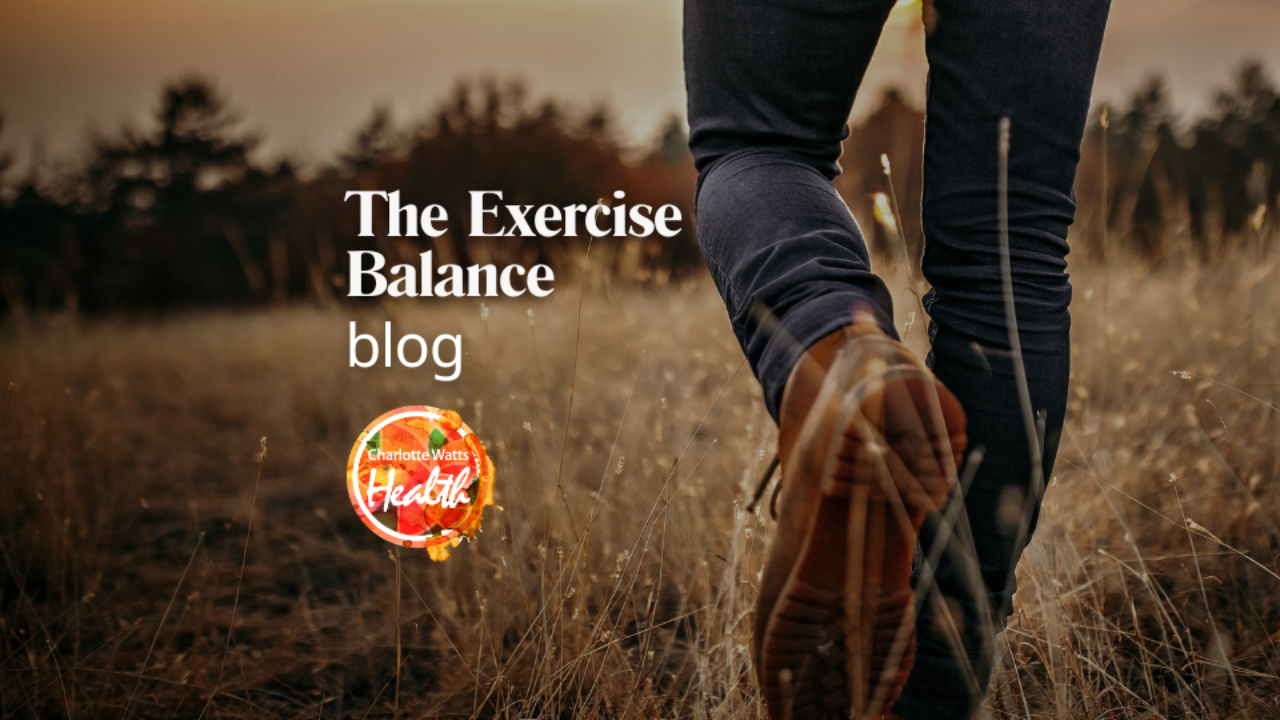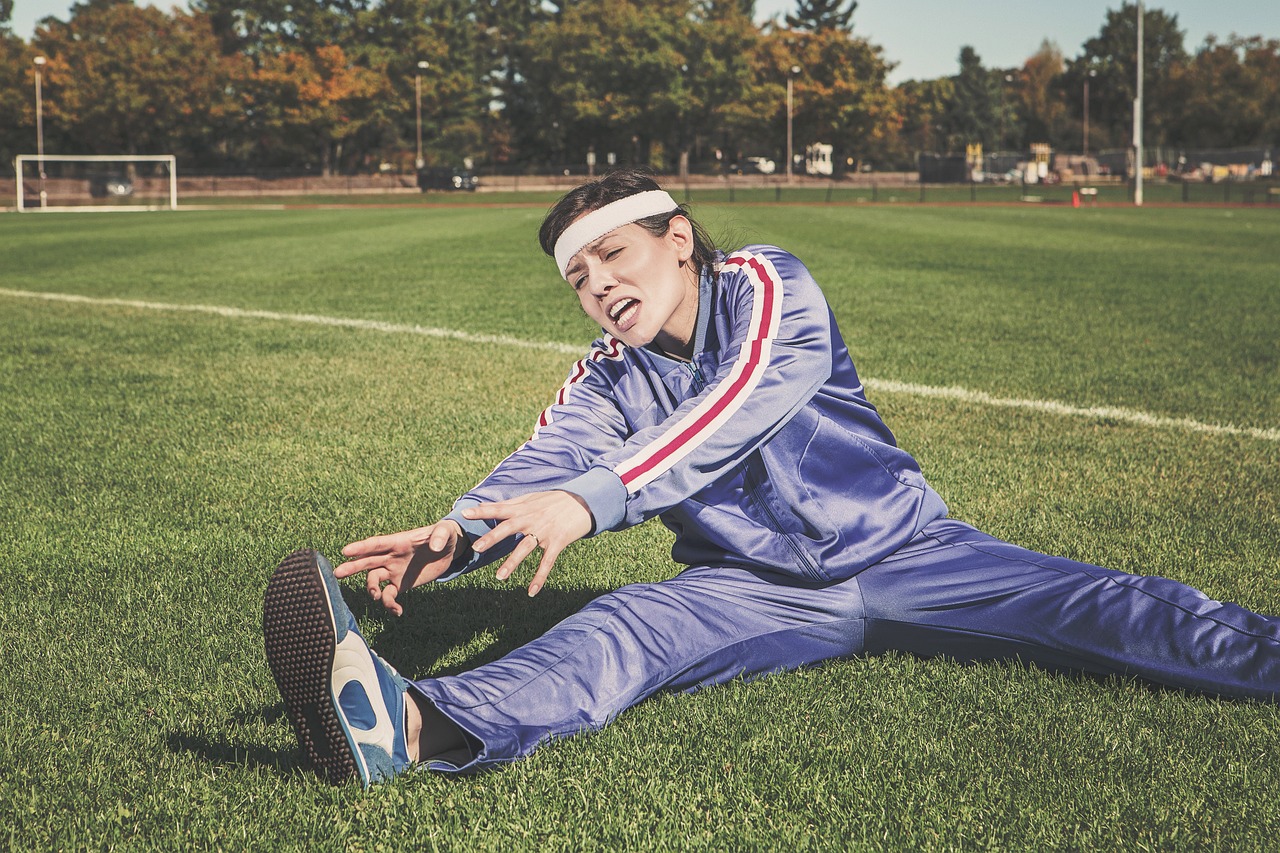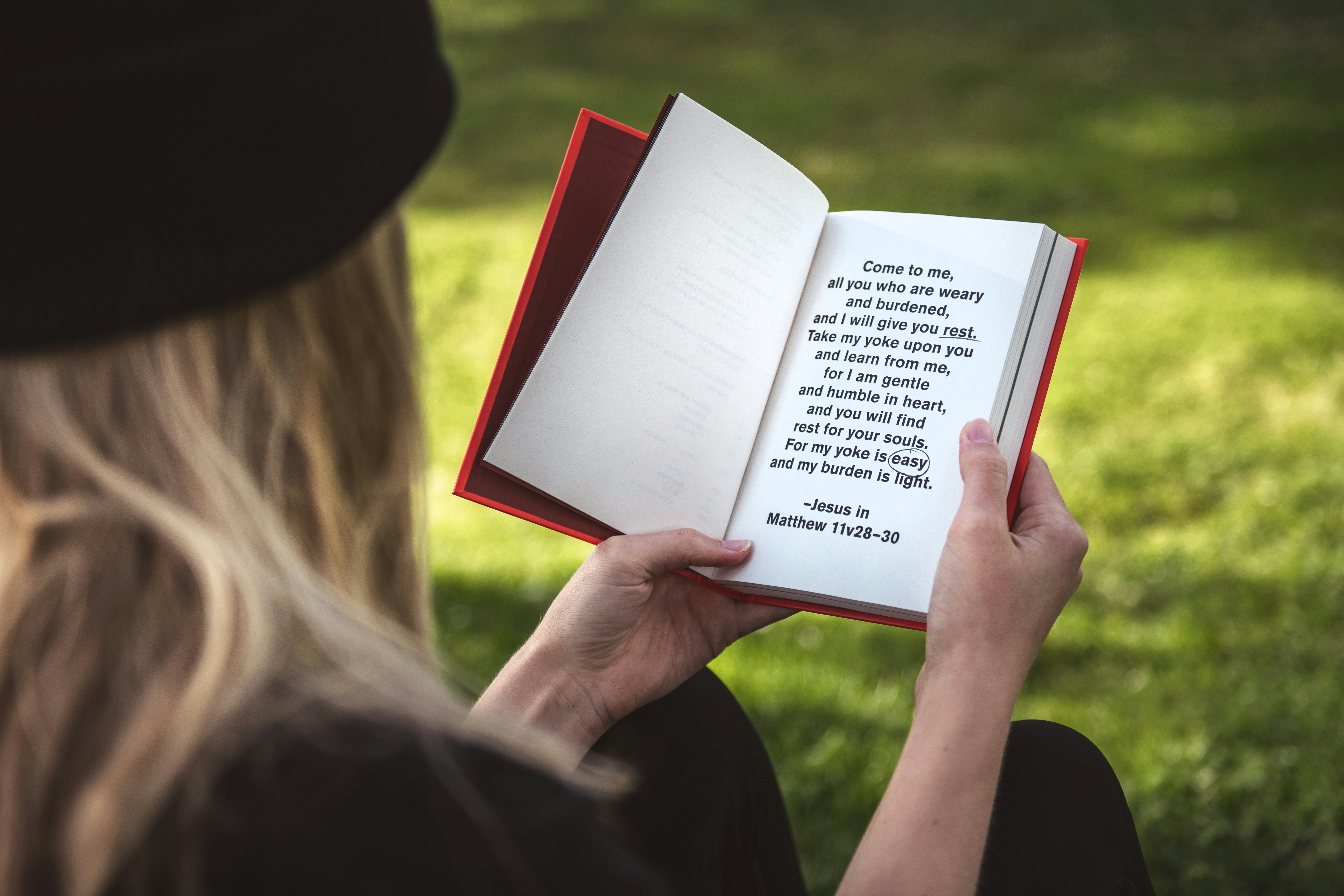The Exercise Balance
Mar 27, 2025
Tuning in to what you need
As a society we are often conditioned to push through pain and fatigue and simply keep going, ignoring the signs our body is giving us to slow down. In fact, much of our conditioning is that doing more, and doing it faster, is better. In reality, high expectations and comparisons mean we often lose sight of how much we nest to rest and recover – this can be particularly seen in people’s attitudes to exercise, where pushing in past our boundaries can add into a picture that can lead to injury, exhaustion and even burnout. In a culture where we can get caught up bouncing between extremes of overwhelm and collapse, a more considered and rounded viewpoint can help us tune in to our deeper needs and find that middle way between action and regeneration. The way we move and express through our bodies can help us tune in to what we feel and need – if we are taking the time to attune to ourselves.
Our whole wellbeing (physical, emotional and mental are always interlinked) is about constantly regulating to listen to equilibrium. When we can back off from being driven by simply doing more, then we have the chance to listen into our inner states; to sense inwards via interoception and navigate how we can find the balance between over and under doing. This is where we can regulate energy and recover resources, whilst building fitness, strength and mobility.
We are designed to move, and as much of modern human life is very sedentary compared to our hunter-gatherer ancestors, much of the movement we need is actually spontaneous, functional and as part of how we live. Hours sat at a desk followed by a heavy gym session or a run may feel it moves through stress hormones, but unless also woven in with fluid and loosening movement patterns, can actually create more tension in body and mind.
As a nutritional therapist specialising in burnout and fatigue, here's a typical scenario I hear:
“I get up at 6am, commute to work, have a high-demand job, take little time for lunch and then I just feel too tired to exercise at 5pm”.
 Sounds fair enough when put like that doesn’t it? Our tendencies for over stimulation means that our bodies have to try and conserve energy where they can – it’s finite and we wouldn’t expect a device like a smartphone to keep running when its battery was drained.
Sounds fair enough when put like that doesn’t it? Our tendencies for over stimulation means that our bodies have to try and conserve energy where they can – it’s finite and we wouldn’t expect a device like a smartphone to keep running when its battery was drained.
In my nutrition practice I also see plenty of people (personal trainers included) who push the exercise envelope too hard and are draining the batteries by just doing more and more; quantity over quality often abounds. If an athlete were to do an event like a marathon, they would follow a smart programme of changing exercise levels and the harder they worked, the more rest they would prioritise, as it’s in the resting state where muscle is actually built up stronger after being torn by the challenge of exercise.
So where’s the balance and how we find the exercise and movement rhythm that suits our lives, energy levels and motivation at any given time? Observing where we overwork and where we underwork in any aspect of our lives – this is a great consideration in yoga postures for instance – is the key to finding sustainable balance.
Do you tend to over-exercise?
 With our culture for ‘pushing on through’ and even viewing our bodies as machines or something to be punished, we can often not listen when all the signals are saying slow down. It’s not that we don’t need to move, that’s always helpful, but regulating what we do for the energy means we can get stronger in the long run instead of running ourselves into the ground. When all the evidence says stress hormones cause weight gain and moderate jogging shown to be much healthier than more intense runs, its body wisdom to find a beneficial middle ground.
With our culture for ‘pushing on through’ and even viewing our bodies as machines or something to be punished, we can often not listen when all the signals are saying slow down. It’s not that we don’t need to move, that’s always helpful, but regulating what we do for the energy means we can get stronger in the long run instead of running ourselves into the ground. When all the evidence says stress hormones cause weight gain and moderate jogging shown to be much healthier than more intense runs, its body wisdom to find a beneficial middle ground.
If in circadian rhythm terms, 5pm is when we're at our greatest muscle strength and cardiovascular efficiency, then why do we feel like that walk home we promised ourselves seems like a physically impossibility? Charlene Hutsebaut, personal trainer and fitness consultant for The De-Stress Effect, says to listen to your body and learn when you actually need to rest or do an activity that has less high energy demands, like a non-dynamic form of yoga, pilates or pleasant walk.
Some key signs to dial it down are:
- Feeling heavy and lethargic morning after morning upon waking
- Have a feeling of having ‘heavy legs’ day after day
- When trying a light workout, feel that this strong fatigue or ‘heavy legs’ still exists
- Feel exhausted after exercise
Do you tend to stagnate and not move at all?
Yes rest is highly important, but simply atrophying and falling into a heap on the sofa is also not the answer. If we simply sit all day, no it doesn’t give the signals that movement is the default. Our bodies are designed to move, but the ‘permission to move’ signals from the brain can become interrupted when we’re both inactive and we’ve become energetically drained. When we consider that our brains use up 20% of total body energy at rest and this can rise to almost 70% when we become stressed, we can see how sitting but getting irate or completely tense about a non-physical challenge or conflict (like a work deadline or difficult email exchange) wears us down. Our brains will gobble up those resources, leaving none for the muscles to want to move.
Getting up regularly and getting the circulation moving and muscles activated resets communication out to the whole of the body, not just the brain. Some people have called this brain heavy, weakened muscle state ‘geek syndrome’ – it’s great to be effective, but not the expense of our whole body health.
Charlene says that you might be in this camp; actually demotivated and might benefit from movement or some kind of workout if you:
- Fantasise about lying on the sofa instead of doing something active or sociable
- Feel working out is ‘too hard’
- Can come up with detailed excuses to convince yourself that it’s a bad idea
- Attempt exercise and after about 10 minutes feel a renewed sense of energy – if you don’t feel refreshed after exercise you need more rest
If you can get the exercise balance right, you’ll be feeding new energy and not depleting the few resources you have left. Watch for these indicators that more self-care is needed and a kind attitude is needed towards your body.
Three key signs that you’ve pushed the energy balance over into depletion and need to regulate your exercise accordingly:
1. You know you need densely supportive nutrient-rich food, yet are feeling compelled to fuel up with quick-fix foods (biscuits, cake, chocolate, even white bread) that create an energy spike, followed by a low. If you exercise too high in this state, you’ll send out more signals to fuel up quickly to the brain as you’re burning energy fast. Support the level of movement you do by reducing the sugar you eat.
 2. You need rest, but feel compelled to keep going for fear you’ll crash. Find a middle ground, something that allows you to ease into relaxation. A pleasant walk before rest can then feel like you’ve done something, so if you tend to feel guilty when relaxing you can ease off that self-criticism. Then when you rest, have space – like a Sunday afternoon with nothing planned – where you really can let yourself slump and accept you’re tired. Maybe a book, some music or a nap….
2. You need rest, but feel compelled to keep going for fear you’ll crash. Find a middle ground, something that allows you to ease into relaxation. A pleasant walk before rest can then feel like you’ve done something, so if you tend to feel guilty when relaxing you can ease off that self-criticism. Then when you rest, have space – like a Sunday afternoon with nothing planned – where you really can let yourself slump and accept you’re tired. Maybe a book, some music or a nap….
3. When you go into a lull, you panic and reach for the caffeine, cake or do something hyper to force a more energetic state? Letting yourself rest and actually be tired may seem scary at first, but hitting the stimulants to get you to the gym is a false economy. Exercising on high stress hormones isn’t just exhausting, but it’s also inflammatory and makes you more prone to injury and soreness and less able to actually build muscle after and recover fully. Let yourself be the state that you are and then move from that place. Movement close to the ground uses it as a support and means you have to expend less energy lifting yourself up from gravity. Slowing things down can actually create more strength as you have to hold things in place.




